The transition to electric vehicles and away from gas- and diesel-powered cars is well underway and has moved from a question of “If?” to “When?” But the level of electric vehicle sales and adoption is occurring at very different rates across the US.
In 2018, sales of electric vehicles (EVs) reached nearly 2% of total new light car and truck sales in the US. However, in California, sales of EVs accounted for nearly 8% of all new passenger vehicles sales and 46.8% of all US EV sales.
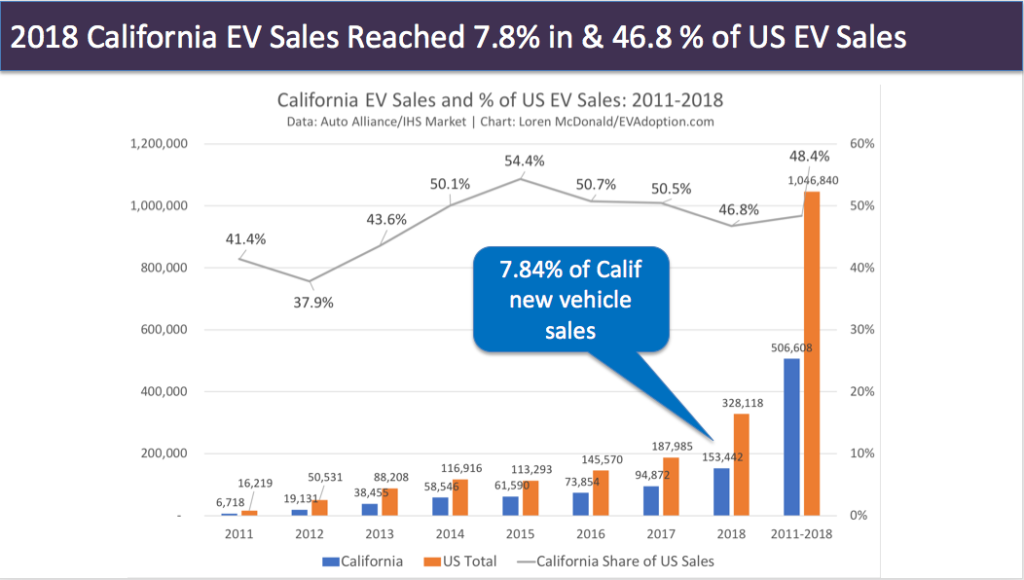
Eight states in total had EV sales share of more than 2%, while half of the states still have EV sales shares below 1%. Despite the current small share in some states, in 2018 EV sales increased at an average rate of 63% versus 2017 across all 50 states and the District of Columbia.
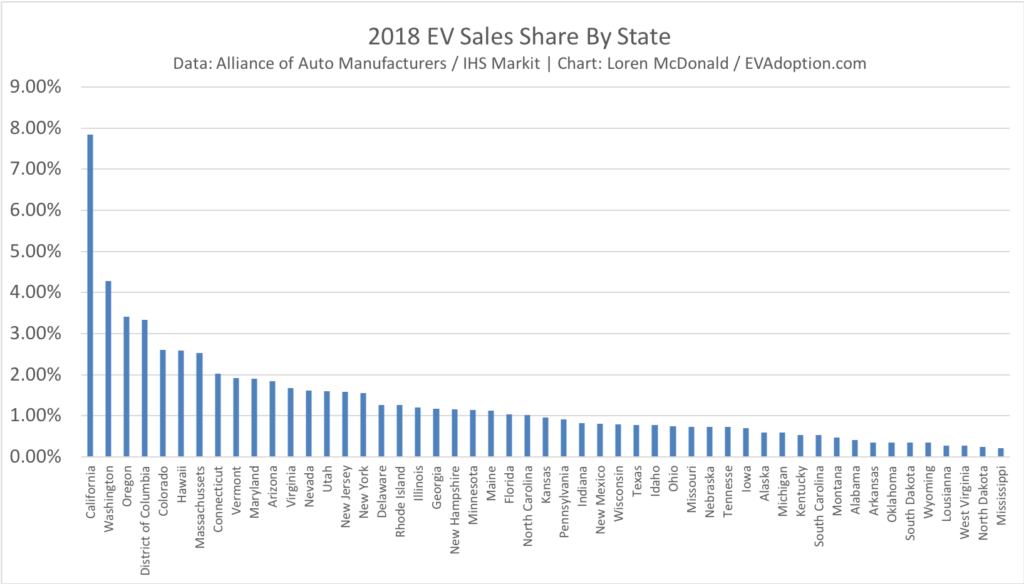
By 2025 I forecast that nearly one-third of all new passenger vehicle sales in California will be electric and nearly 9% across the entire US. These include both plug-in hybrids (PHEVs) like the Honda Clarity PHEV and Ford Fusion Energi and the fully battery electric (BEVs) like the Chevrolet Bolt, Tesla Model 3 and Nissan LEAF. (View list of all EVs currently available in the US.)
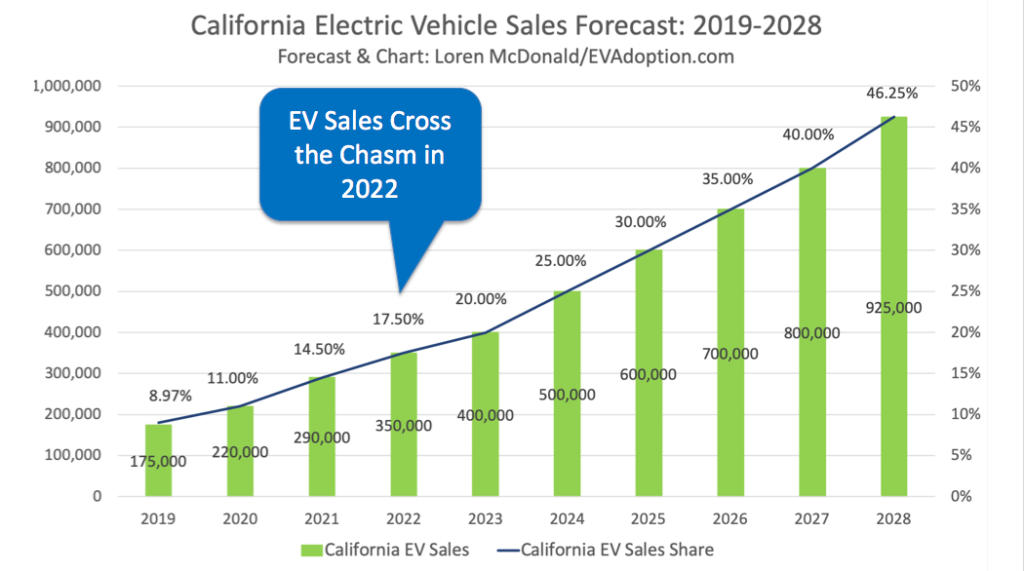
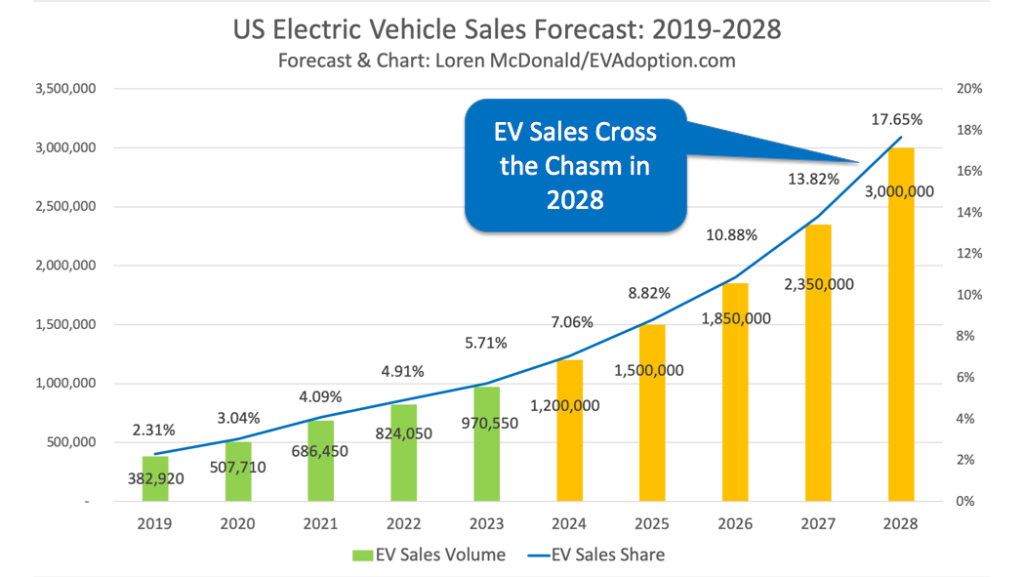
For the lodging industry, the growth of electric vehicles provides both challenges and opportunities to ownership and management. As ownership of EVs increases and the average range of pure electric vehicles closes in on 300 miles, EV-driving guests will be taking more road trips and increasingly expect that lodging hosts offer several charging station options on their property.
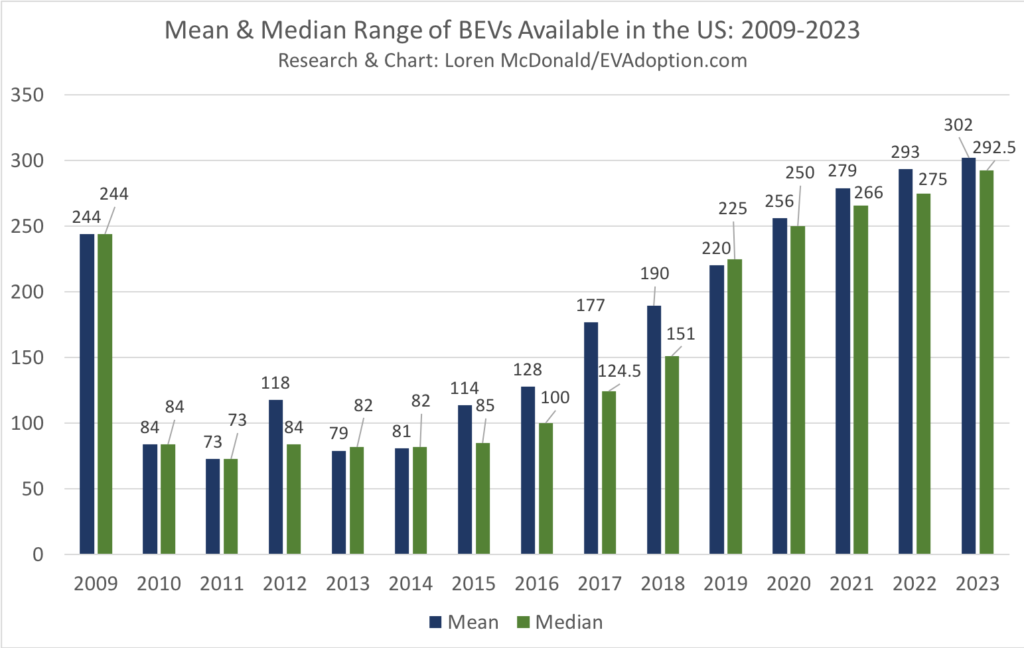
Often referred to as “destination charging,” EV drivers simply plug in to available charging stations at a hotel or resort upon arrival or late at night when their local excursion trips are complete. With perhaps 8-12 hours to charge while their car sits overnight, what is known as Level 2 charging (e.g., 240V such as what a washing machine uses) is adequate and actually ideal for EV-driving guests.
Benefits of Adding Destination Charging Stations
As adoption of electric vehicles increases, adding them to a hotel or resort property offers benefits to both the lodging provider and their guests, including:
- Affluent, socially-aware customers: Current early-adopting buyers of electric vehicles tend to have higher incomes than non-EV drivers and so with EV charging stations you can better attract desirable guests who may spend more on upgrades, meals and services and amenities.
- Referrals/Repeat Business: Word-of-mouth is critical to the lodging business and when EV drivers have a great experience at your facility and benefit from your charging stations they will most likely put you at the top of their list for future stays in the area and will also be more likely to share their experiences on social media, on Trip Advisor, and with other EV drivers.
- Listed on Google Maps and Charger App Maps: If a prospective guest searches for charging stations using Google Maps or an EV charging app like PlugShare, your location will show up and searchers can click the “pin drop” for additional information. Additionally, if you install a Tesla Destination Charger, you will show up on the Tesla map.
- Sustainability/“Green” Image: Having EV charging stations positions lodging facilities as being both green and on the leading edge. While being considered a green facility may not be important to many hotel and resort guests, EV charging stations may introduce lodging owners and managers to a new environmentally-conscious audience and make a location a preferred option for many.
- Competitive Differentiation and Advantage: What sets a hotel or lodging facility apart from the competition? Location, amenities, view, food service and other factors are obviously most important but offering up EV charging options is one more way to set a lodging facility apart from prime competitors who do not offer charging.
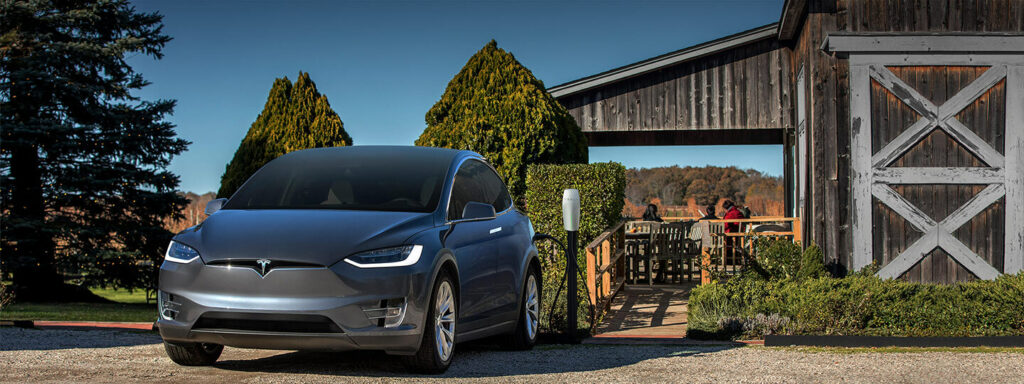
Is It Time To Add EV Charging Stations?
If you are an owner or manager of a hotel, resort or a bed-and-breakfast the question now is not if you should install EV charging stations but “When?,” “How many?,” and “What Type?” From personal experience I can attest that as an EV driver the first thing I now look for when I research lodging destinations is to see if they have EV charging stations and if so how many and what type?
If you are a lodging owner or manager and are trying to determine if installing EV charging stations is in fact important to your business and guests, here are a few questions to consider:
- Actively monitor and track the number and type of electric vehicles including both plug-in hybrid and pure battery electric that your guests are driving. In particular, track how quickly the percentages and types of EVs are changing over time.
- Use your guest management system to take notes during the reservation process. Do guests – whether they currently drive an EV or not – ask about availability or your plans to add EV chargers at your location?
- What are the demographics and psychographics of your typical guests? Are they tech-savvy, early-adopters or sports and outdoors truck campers who drive a Jeep Wrangler or Ford F-150? Understanding the profile of your guests will help determine how critical it will be to add charging stations in the near or longer-term.
- Conduct a simple audit of your competitors. Visit competitors’ websites to see if they mention that they offer EV charging stations, and of what type. For those that do have EV charging stations, take a quick site visit to see where they are located, if they are working, are EVs plugged in or are gas-powered cars improperly using the parking spaces? Are these charging stations located prominently in or near the front of your competitor’s location or installed off in a hard to find corner?
- Search the area using Google Maps and PlugShare to see how many public charging stations are available within an appropriate range of say 5 to 15 miles of your location (depending on the density of the area and number of other lodging options).
- Also check out the the Tesla Destination Charging and Supercharger maps to see if there are nearby Tesla compatible charging stations.
Today lodging owners/managers might not be seeing a measurable impact on occupancy if they don’t offer EV charging, but they also may not be aware of how many guests chose competing lodging options. In the next few years, depending on location and guest demographics, lodging owners could find their property at a significant competitive disadvantage versus other nearby lodging options that do offer access to charging stations.


